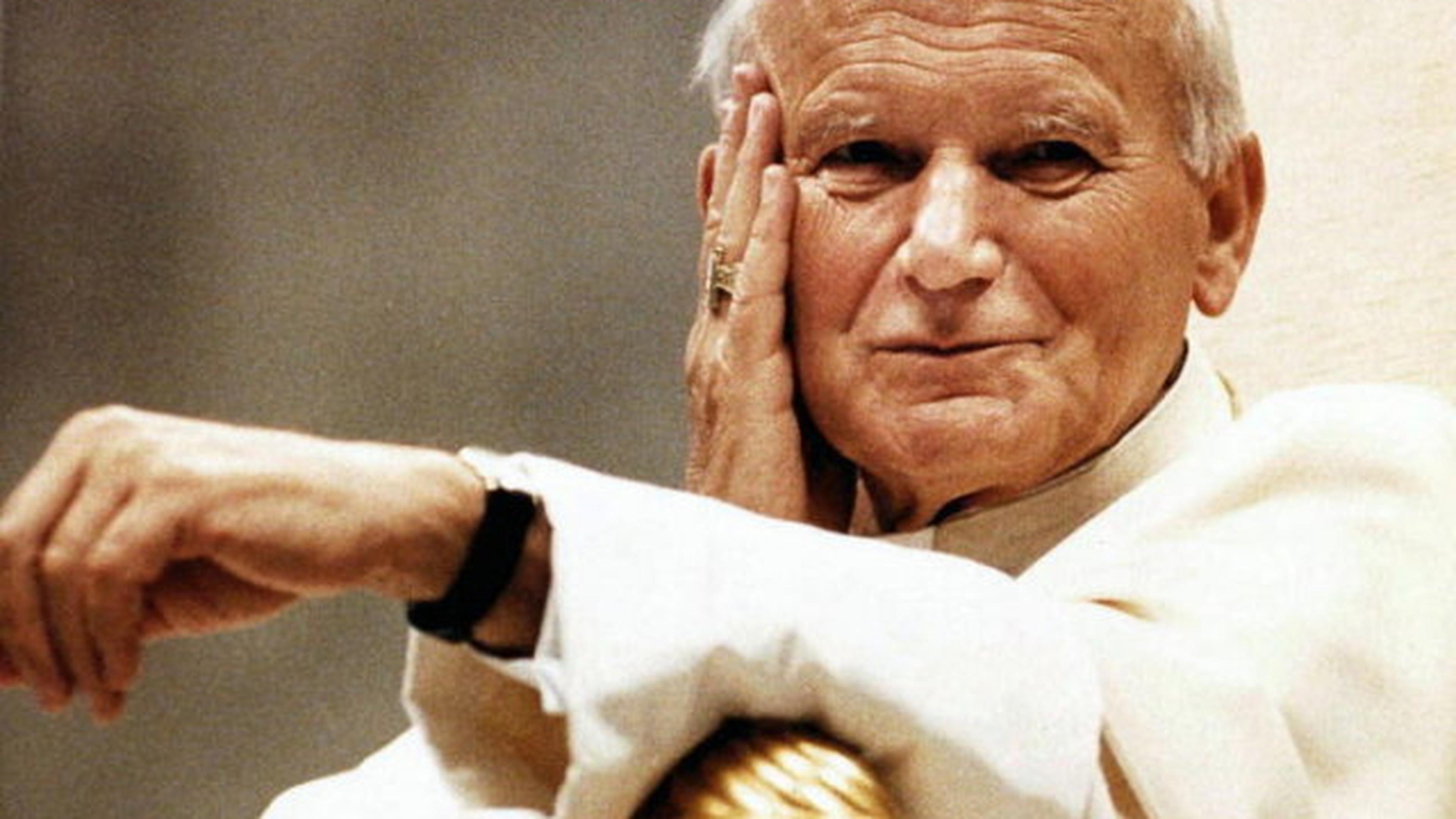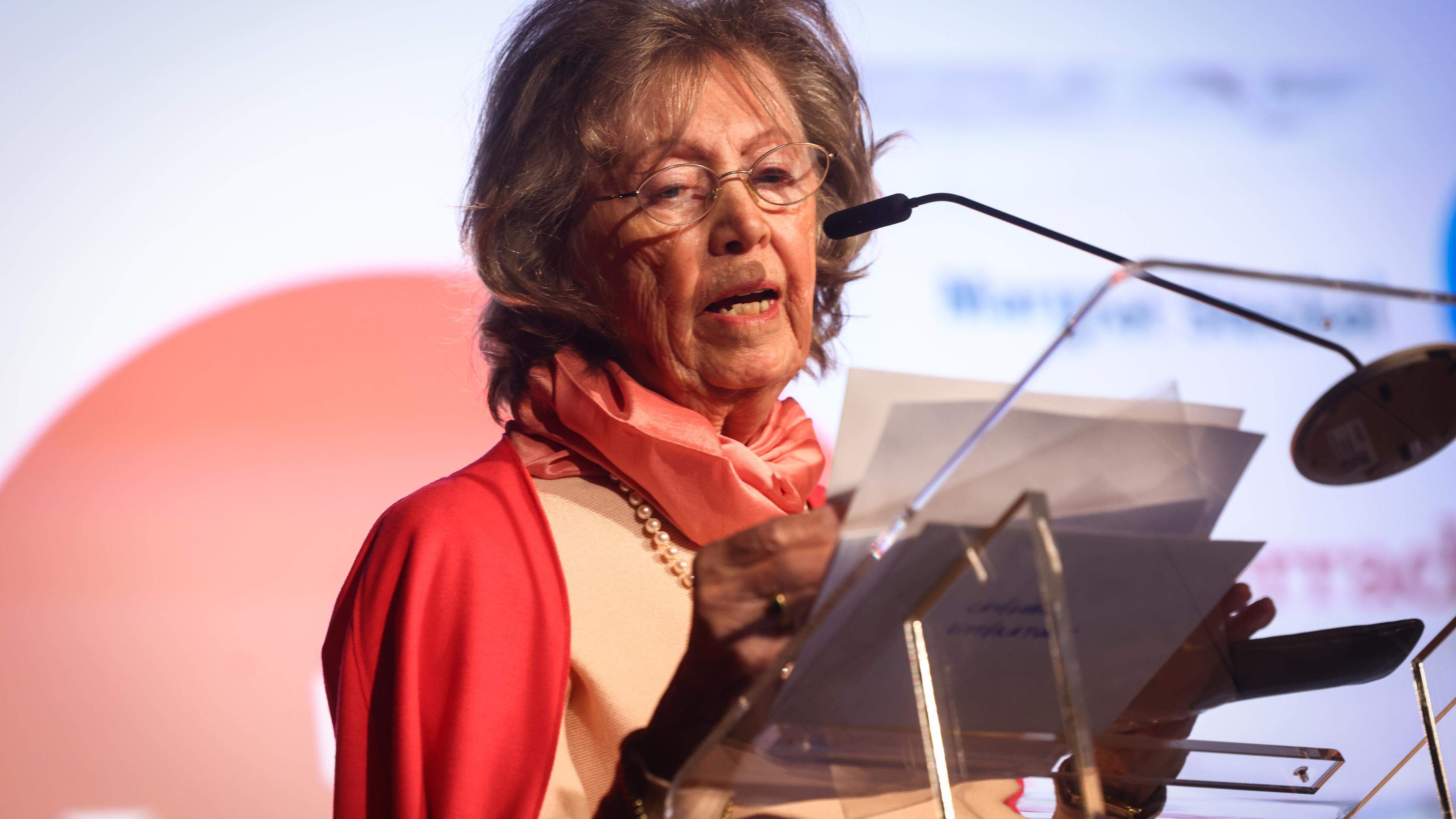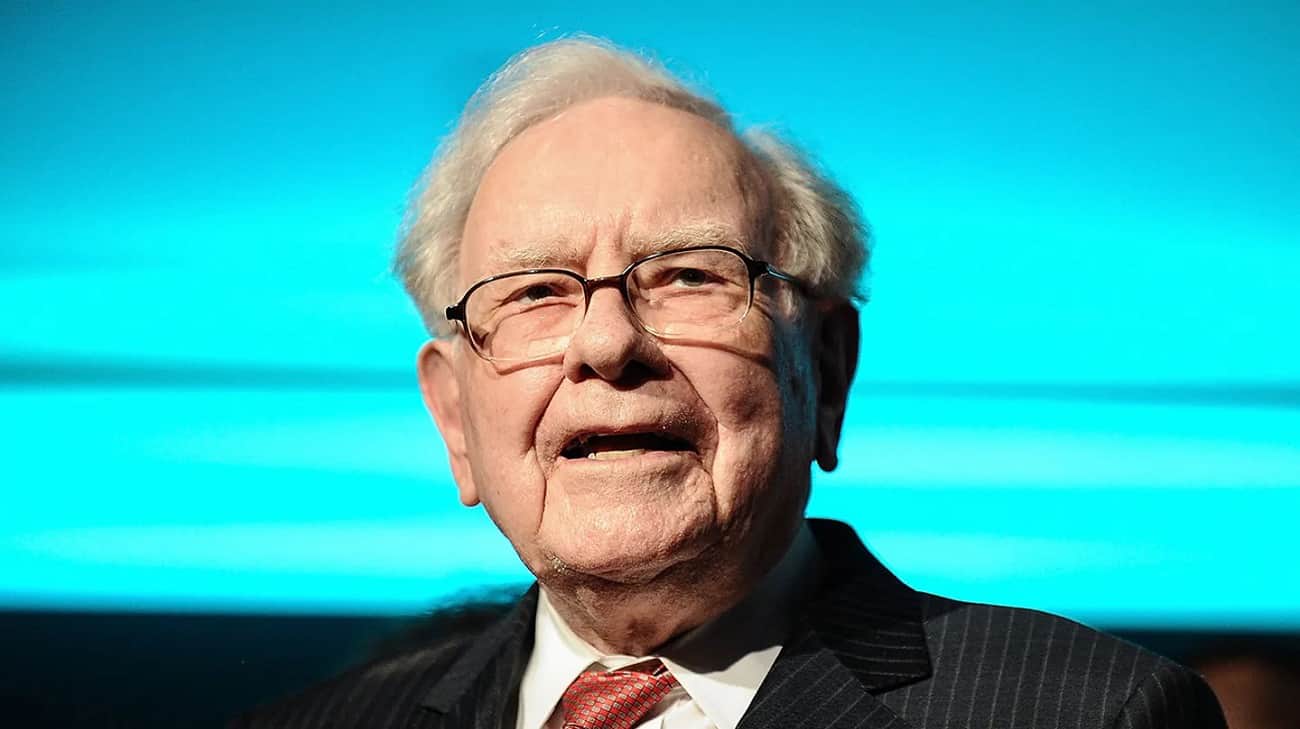Why the new Pope will not be called Simon, Josef or Judas

White smoke above St. Peter’s Square announces unequivocally: the Petri chair is occupied again, a new Pope was elected. What name will he accept? Because: nomen est omen. The choice of the Papal name is the program. It gives a first hint in which direction the new Pope wants to control the church.
The next Pope can choose under 83 names that have worn its predecessors – or like Francis, take a name that has never occurred. The leaders among the papal names are « Johannes » (23 times), « Gregor » (16), « Benedikt » (16), « Clemens » (14), « Innocence » (13), « Leo » (13) and « Pius » (12).
Hardly any doubt: The new Pope will also be a new name – a tradition that has been part of the papal election for around 1,000 years like Peter for Paul. To date, an unwritten but always noted rule is that certain names are considered taboo. This includes the names of the twelve apostles and St. Josef. And Jesus anyway.
The name of a pagan God does not work at all
Of the large ordnas such as Benedikt, Dominikus, Franziskus or Ignatius, only the name Benedikt was able to secure a place in the pool of the papal names in the long run – until 2013 Franziskus was added. In fact, it was this taboo that led to the first change of name. Out of respect and awe in front of the first Pope, the apostle Peter, two of his later successors took their baptismal names. Bishop Petrus von Pavia therefore rose as John XIV.
With the name of a pagan god as a Pope, leading the Christian people also seemed inappropriate. So became the Romans Mercurio Pope John II (533-535). He went to history as the first Pope to change his name. In the following centuries, further popes continued this example. In 955 Ottaviano, whose first name was reminiscent of the first Roman emperor Oktavian – Augustus, as John XII. The Peter Office. Bruno von Carinthia, the first German on the Papal throne, found his baptismal name « To Barbaric » and was made in 996 to Gregor V.
Sergius IV (1009-1012) with his papal name left the nickname « pork mouth » behind him, which he wore in the people. From then on it became the rule that every new Pontifex took a new name-only three exceptions confirm: Julius II. (1503-1513), Hadrian VI. (1522-1523) and Marcellus II (1555) kept their baptismal names.
Don’t forget the arms!
The early change of name was less based on personal preferences than in respect for the Christian tradition and the desire to leave secular or pagan battlements behind. Later the church leaders wanted to show that there was a difference between their previous person and the official.
The Patriarch from Venice, Albino Luciani, set a special turning point when he chose a double name as Johannes Paul I in 1978. He consciously connected the legacy of his two predecessors, namely John XXIII. and Paul VI., And created a novelty in the papal name repertoire. His successor took over the Papal name and ruled as John Paul II 26 years, 5 months and 17 days.
Pope election heats the international betting market-and where is Hollerich?
In 2013, Argentinian Jorge Mario Bergoglio provided a surprise. Not only that he was the first Pope from the Jesuit order and the first Pope from Latin America; He also accepted a name that nobody really expected: Francis. The Pope explained how it came about a few days after his choice.
The Brazilian Cardinal Claudio Hummes told him: « Don’t forget his arms! » That gave him the idea of naming himself after St. Franz von Assisi (1181/82-1226). The saint and patron saint of Italy lived in radical poverty to serve God and man. Will there be a Francis II soon or rather a Benedict XVII? If white smoke rises above St. Peter’s Square and it says shortly after: « Habemus Papam », it will be shown which choice of the new Pope has made.








